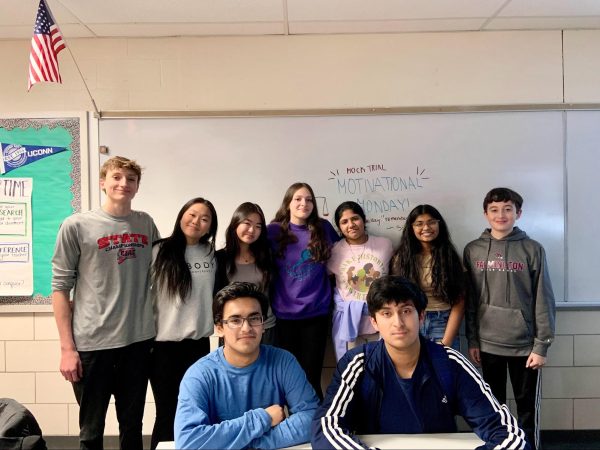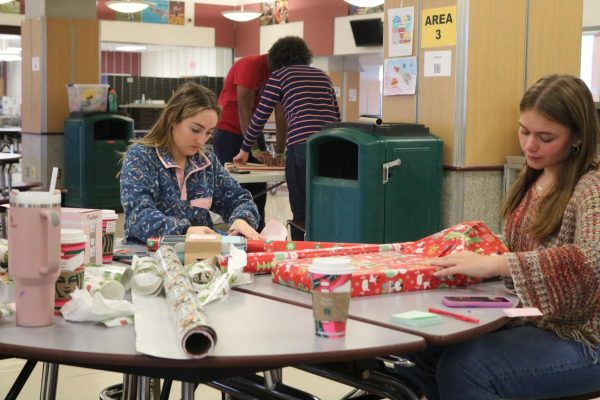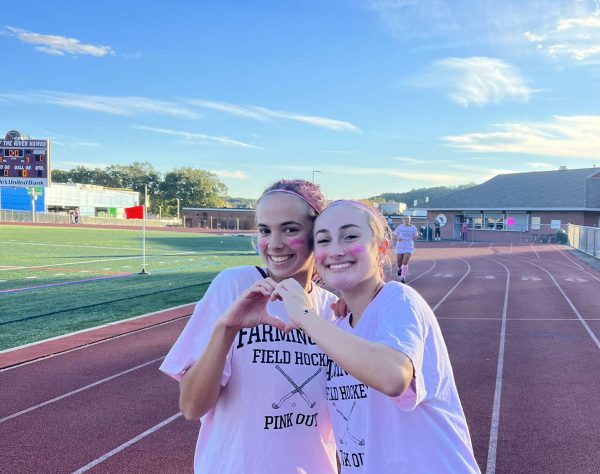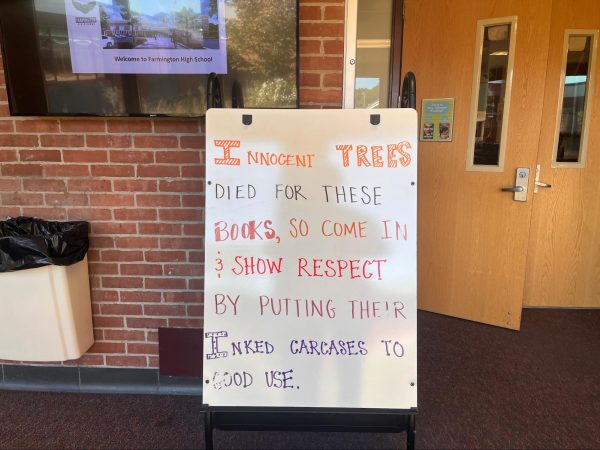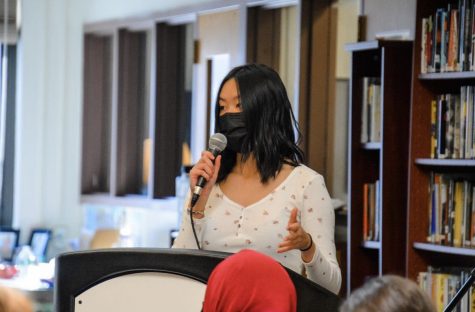A look at what it’s like to run a business after nine months since the initial COVID-19 lockdown.
After nine months of learning, adapting, and overcoming business owners had to relearn how to stay afloat in a COVID-19 lifestyle.
December 28, 2020
Restaurants
Between the consistent changes in guidelines and the possibility of staff testing positive, restaurant corporate teams have had to work diligently in order to know what to do in such unsure times.
According to the National Restaurant Association, “nearly one in six restaurants (representing nearly 100,000 restaurants) is closed either permanently or long-term; nearly three million employees are still out of work; and the industry is on track to lose $240 billion in sales by the end of the year. ”
The way for a restaurant to stay in business is to have both customers and consumers, and with the fear of COVID-19 the rate of individuals dining-in at restaurants have dropped. On average, consumer spending is down 34% in restaurants reported by the National Restaurant Association.
For insight to what it’s like to run a restaurant during this pandemic local restaurant Sliders Grill and Bar owner Fred Marcantonio has adjusted his business model to fit the needs of the public.
“Despite the reduction in seating capacity we have managed to adjust to the changes. Our to-go/carry out business has shown to be a proven concept, as a good percentage of our customer population is choosing to stay home and order out,” Marcantonio said
The best thing to do now as consumers and customers is to think about local restaurants that work diligently to keep their doors open amidst a pandemic.
Retail stores
The retail business knows COVID-19 is going to have an impact on sales and they understand the situation is changing daily. However, retail has very little time to react and plan.
Unlike grocery stores, retail stores are not listed as essential stores, so many remain closed 9 months into the pandemic.
Aside from major corporations, small businesses are taking a huge decline from the pandemic, and are doing everything they can to keep their store’s alive. Retail has been relying heavily on online sales but, even though there is an increase in online purchases consumers purchasing ability is at a decline.
Without money to spend, retail stores are not everyone’s top priority and is not where money is headed. When it comes to non-essential businesses, keeping sales afloat requires an additional level of creativity and not every business will succeed.
Pacsun, a store located in West Farms mall with consumers mostly consisting of teenagers, has closed temporarily. They keep touch with customers through social media.
During the pandemic some retail stores will remain closed but will continue online sales and communicating with customers through social media. Once the pandemic comes to an end retail stores should recover.
Transportation
Nearly every form of transportation and travel has been diminished due to COVID-19’s effect on the world.
Companies make headlines weekly for cutting their routes, staff, and number of vehicles. COVID-19 has forced people to stay home since March and continue to do so, the restrictions have put halts on state to state as well as country to country travel. Currently the state of Connecticut has 14 day quarantine laws on all U.S states besides New Jersey and New York. In addition to the 14 day quarantine, the federal government also has a lengthy list of red listed countries or high risk zones.
The global travel index measures many and how often people travel. Earlier this year the index hit lows of negative 65%, not seen since the terror attacks of September 11.
Well known travel giants such as Carnival Cruise lines have cut all cruises through 2020, American Airlines cut their travel schedule by 50%.
Recent spikes in cases have restricted travel yet again, and countries have plunged to their April lows. Collectively we will have to wait and see where the large travel companies pan out by the end of the pandemic. For the survival of these transportation businesses a vaccine and case numbers all around the world to drop is needed to allow prosperity once again.
Experts predict the full recovery of this industry is predicted to be repaired in 2022, with many experts predicting the resume of full travel taking place many years after that.
Movie Theaters
Perhaps the most affected industry and businesses by COVID-19, the film industry. Indoor cinemas were forced to shut down. It wasn’t until August that major chains such as AMC and Cinemark re-opened their doors. With the threat of a resurgence in cases during the coming winter months, the future of these businesses are even more uncertain, with no road to recovery insight.
A surplus of Hollywood studios have pulled highly anticipated films such as Warner Bros. “Wonder Women 1984” pushed from October to December and Marvel’s “Black Widow” shifted their release date from November to May of 2021. These delays have caused open theatres to have limited content, making it harder to entice customers to come back.
Movie theater stocks have taken a huge dip in the last 10 months as a result. AMC’s stock for example, is down 32% with Cinemark leading by an enormous 70%. However, major theater companies have been able to obtain enough capital to stay afloat these past months, whereas smaller, independent theaters do not have enough customers or the same amount of resources at their disposal.
In an attempt to entice customers back into theaters and make them feel safe, many have added cleaning procedures, new air ventilation systems, and are requiring masks. Movie viewers are allowed to take off their mask in order to eat any snacks or drinks they have but are supposed to put them back on right away. Consumer hesitancy however, is largely due to the inability to enforce moviegoers to put their masks back on after they finish eating throughout the movie.
Theatres are trying new strategies to reopen, but a return to the old success will be difficult.

